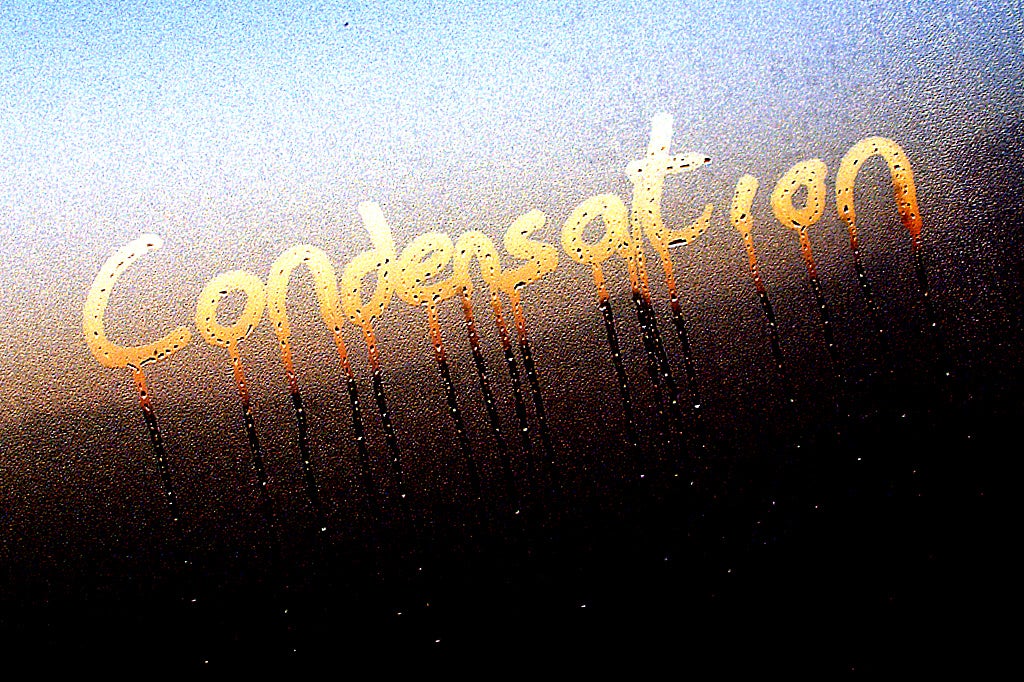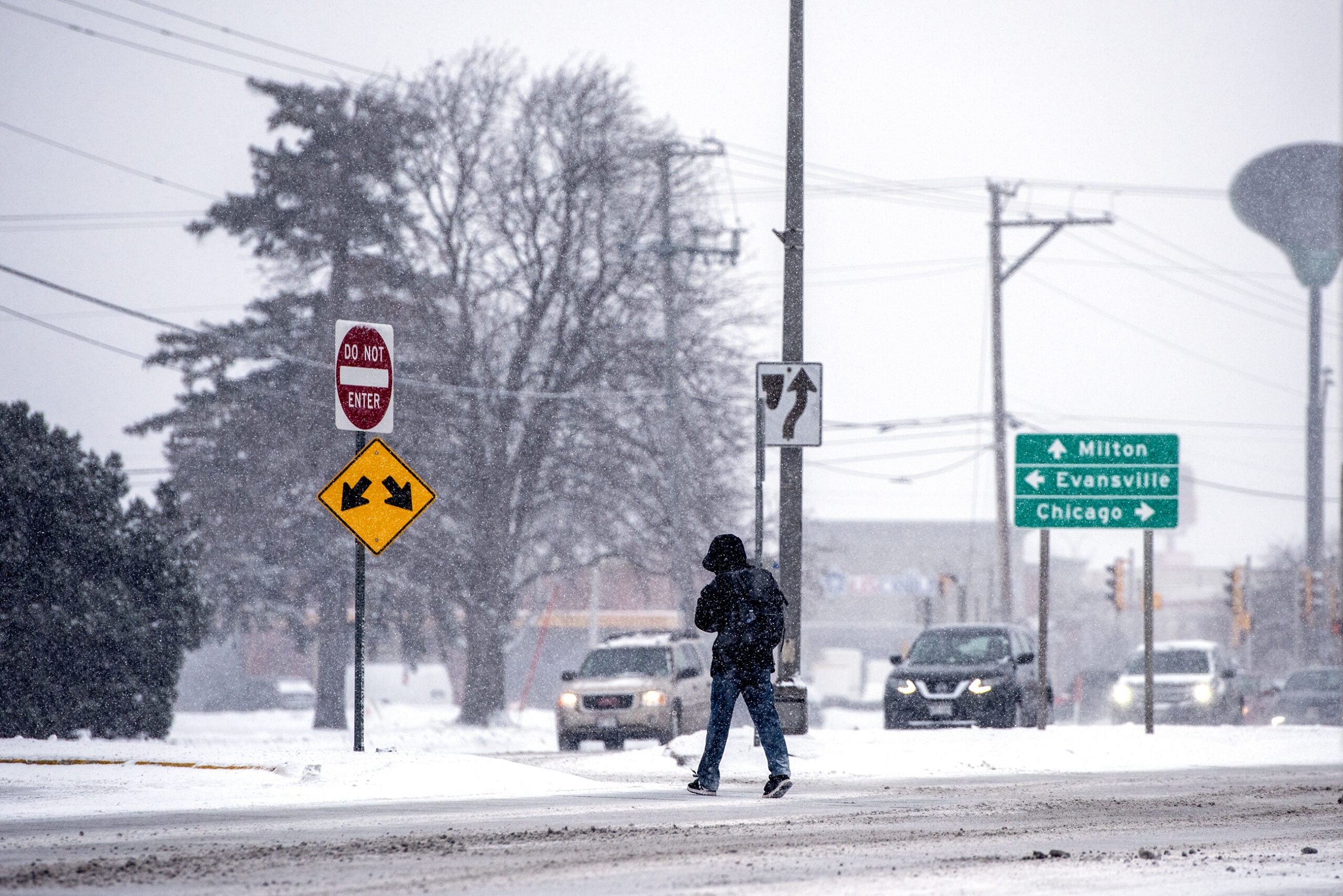Cold weather has arrived early this year — but there is a plus! You can use the cold air to help you determine where your house needs help. Regular guest John Freiburger recently sent us a winter check list of items to evaluate when it’s cold out.
Windows And Doors
Drafts that suggest air leaks may be noticeable on cold windy days:
Stay informed on the latest news
Sign up for WPR’s email newsletter.
- Inspect weather stripping on all doors: Old vinyl V groove weather stripping can usually be easily replaced.
- If the windows seem leaky, check the weather stripping. Replace vinyl if it’s broken or brittle.
- If you have old double hung sashes without weather stripping, see if a dime will insert between sash and stop. If the sash fails the dime test, add weather stripping. Metal is preferred but vinyl also works.
- Do the windows latch tightly? If not fix or replace.
Condensation
Look in the attic on a cold day to see if there is condensation visible. The first place it forms is on nail points. If you find condensation and it is significant, look for the source of moisture:
- Disconnected or damaged bath fan duct.
- Loose connection of fan to duct.
- Is duct insulated? It should be.
- Is there a large opening around your chimney from basement to attic that is not sealed?
- Do you have old recessed lights that are not air-tight and IC rated?
- Is your attic hatch or door weather stripped and insulated?
Do you have condensation on your windows? In cold weather, even the best windows may condense out some moisture, but if you house is higher than 40 percent RH (relative humidity), it will condense sooner and at higher rates.
- Buy a humidistat so you can track the RH in your house.
- Check the humidifier on the furnace. It may be operating when not needed.
- Check your dryer duct. It may be partly blocked.
- Check your bathroom exhaust fans. Do they move much air?
Roof, Fascia, Soffit And Gutters
Icicles mean ice dams, which mean issues with insulation and venting. If they exist, you need to investigate further.
- How fast does the snow melt from your roof? A quick melt means heat loss from the house is warming the attic.
- Check the soffits for water stains or drips, which could mean water back up under the snow on the roof.
- If water is dripping behind the fascia, leaks may be an issue.
HVAC
For safety and efficiency:
- Vacuum the radiators as dust acts like insulation, but don’t damage fin/tube systems.
- Check radiator valves in steam systems to be sure they are opening and closing.
- Check forced air ductwork for openings and dirt. Can you see dust forming around the vents?
- Open bottom return grills if you have them so the coldest air goes back to the furnace.
- Change furnace filters.
- Inspect your firebox, fireplace or wood stoves before making fires.
- Inspect your damper and chimney cap. If it is loose, heat goes up the chimney. Close when not using the unit.
Other Safety Checks:
Smoke and carbon monoxide detectors need to be checked. Do you have 10-year batteries?
Fire extinguishers need annual inspection and should have a date tag.
Wisconsin Public Radio, © Copyright 2024, Board of Regents of the University of Wisconsin System and Wisconsin Educational Communications Board.





